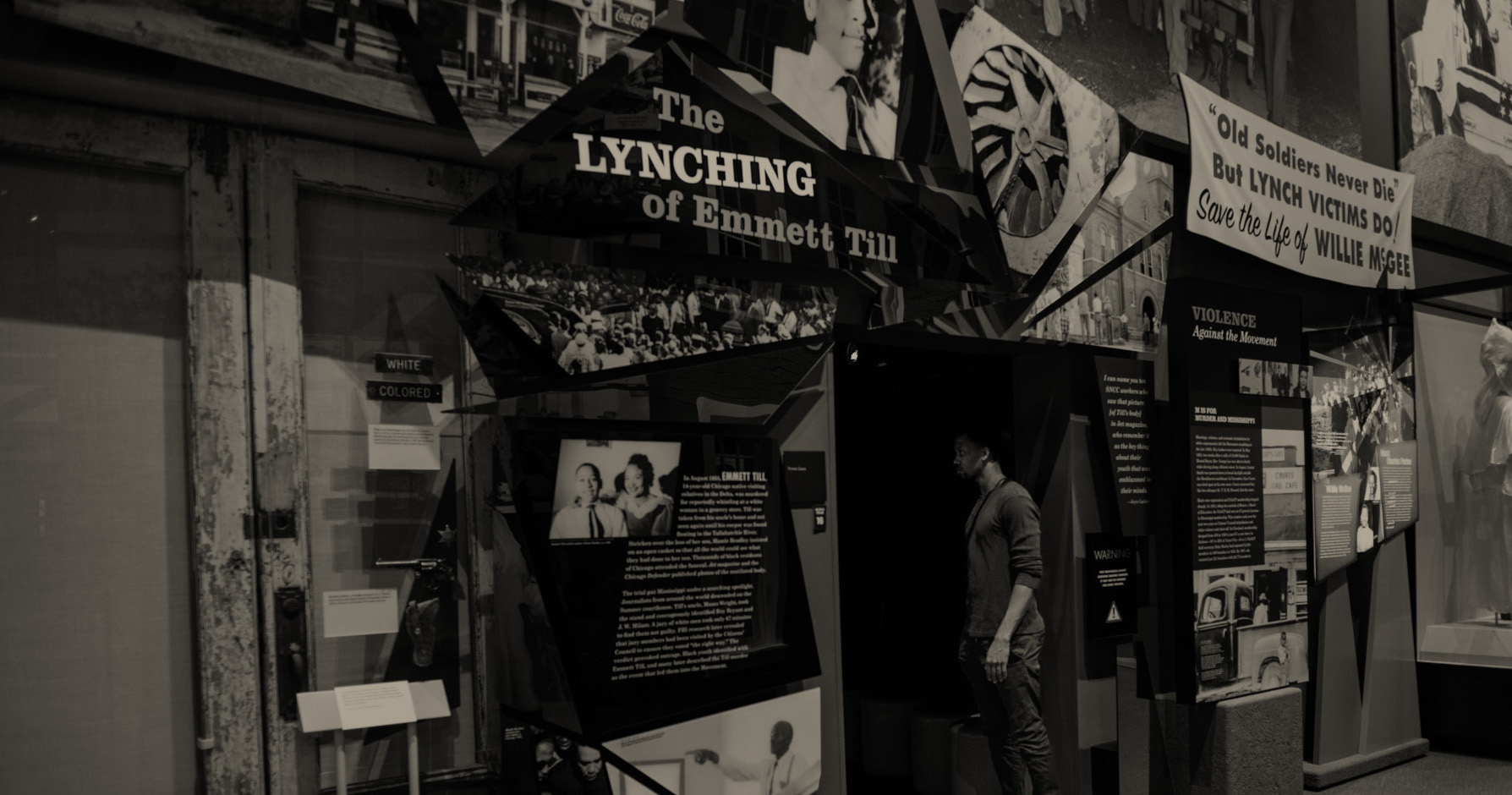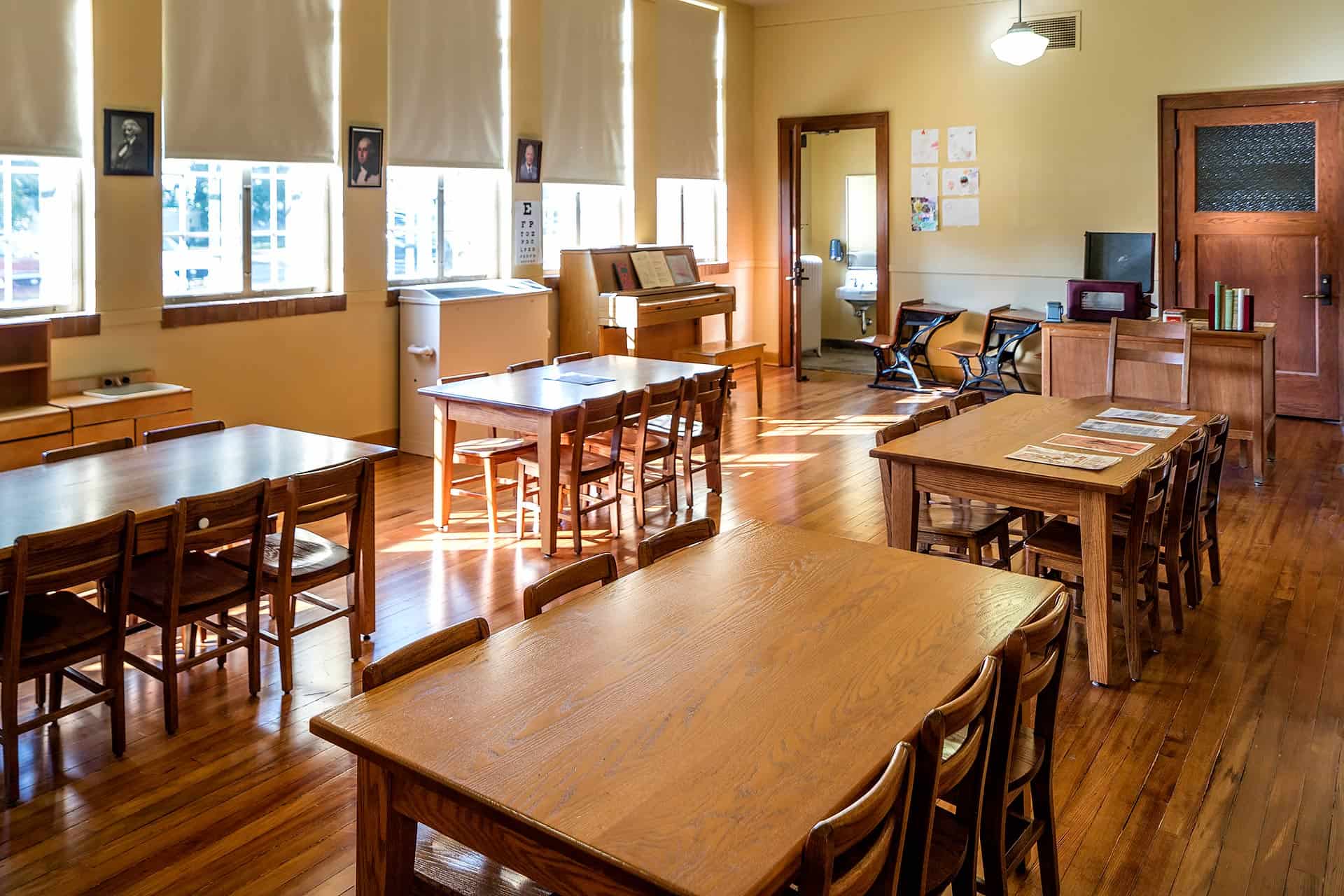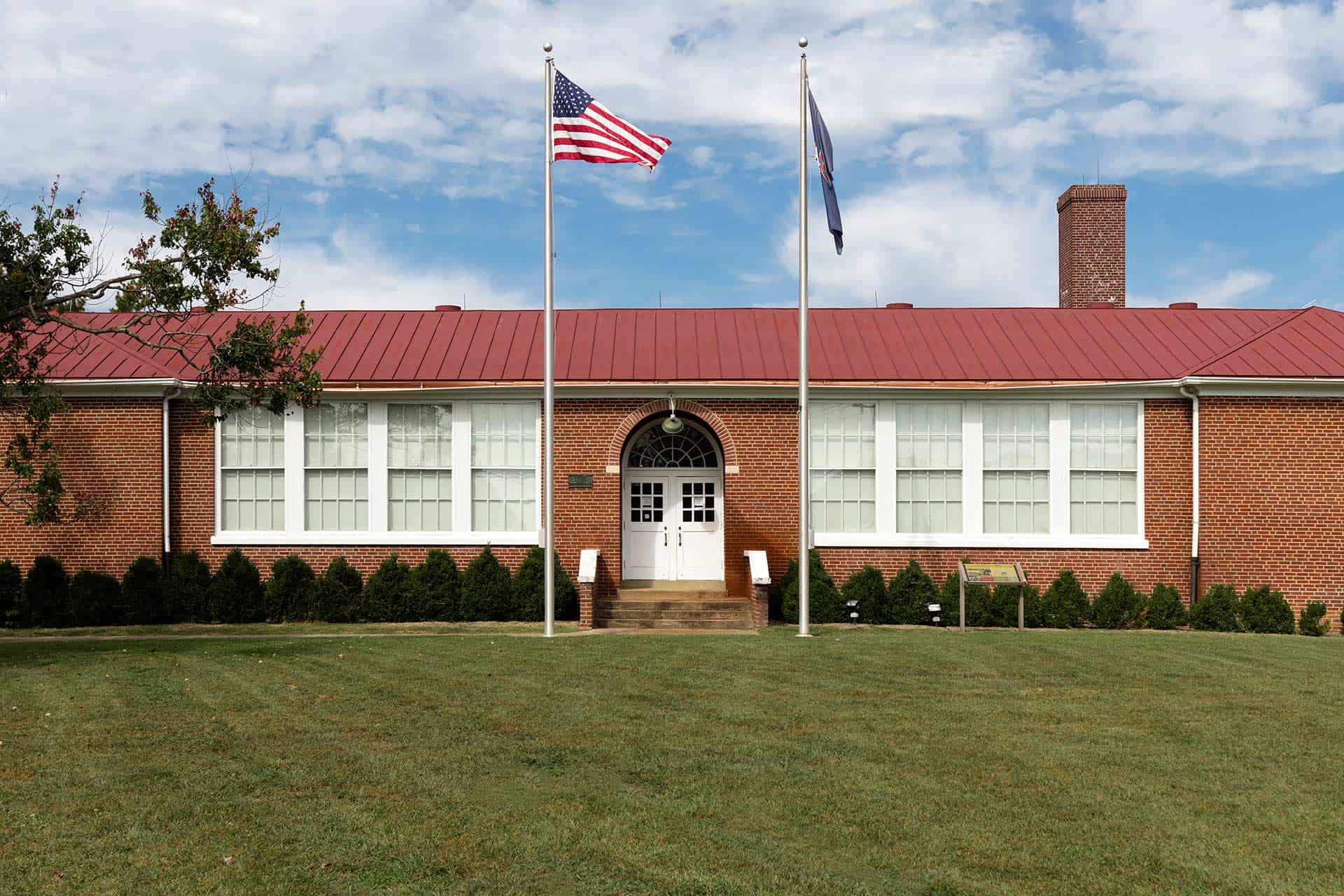TOPEKA, KANSAS
Brown v. Board of Education National Historic Site – Clark Doll
The innocent appearance of the so-called Clark Doll, a simple, plastic, dark-skinned toy doll, belies the damaging sociological truth it helped uncover.
During the 1940s, psychologists Kenneth and Mamie Clark designed experiments to study the effects of segregation on young Black children using brown-skinned and white-skinned dolls. When young African American children were shown the lighter-skinned doll, they assigned it positive characteristics; they assigned negative characteristics to the brown-skinned one.
The disturbing results of these studies were cited during court proceedings to determine the harmful psychological effects of school desegregation on students in five states, separate cases that would eventually become combined in front of the Supreme Court as Brown v. Board of Education in 1954.
Today, at the Brown v. Board of Education National Historic Site, which opened in Topeka, Kansas, in 2004, park rangers encourage visitors to reflect on the Clark Doll, which is on permanent display.
“The Clark Doll represents how psychologically detrimental segregation is to students,” said ranger Nicholas Murray. “When asked which doll is the nice doll or the pretty doll or the smart doll, an overwhelming majority of African American boys and girls would choose the white doll.”
The Brown v. Board site is known for having especially engaging exhibits that walk visitors through a timeline of civil rights history from post-Civil War America through the 1950s as well as an immersive, 30-minute video program that documents African American history from slavery through modern times, but the Clark Doll is one of the artifacts that typically has the most impact on visitors.
“Usually, the things that people remember when they come and visit is the Clark Doll itself or an exhibit we have called the ‘Hall of Courage,’ a narrow hall with screens on both sides where you walk through and experience attempts to desegregate schools,” said Murray. “It’s all historic images of different integration processes, with people yelling and screaming and throwing racial epitaphs. It’s intentionally jarring.” These types of objects and experiences help people understand the effects of school segregation on a deeper emotional level.
NPS.GOV/BRVB

JACKSON, MISSISSIPPI
Mississippi Civil Rights Museum – Doors to Bryant Grocery
When 14-year-old Emmett Till walked into Bryant’s Grocery Store in Money, Mississippi, in August 1955, a set of events unfolded that would tragically cut short his young life.
The white shopkeeper, Carolyn Bryant, accused Till, a native of Chicago who was simply in the South to visit family, of flirting with her. Soon after, Bryant’s husband and his half brother abducted Till at gunpoint from his Mississippi relative’s home. Later, his brutally tortured and lifeless body was discovered in the Tallahatchie River.
The severity of Till’s beating, as well as the fact his murderers were ultimately acquitted, sparked national attention and an urgent desire for change within an entire generation of African American youth.
“There were people who were 15 and 16 years old who were reading about this and talking about this, who became what is called the Emmett Till generation,” said Pamela Junior, director of the Mississippi Civil Rights Museum. “It was a catalyst; it was a force that said, ‘We don’t want this happening to our people, to our brothers, anymore. It’s time for us to stand up.’”
Today, the doors of Bryant’s Grocery are preserved in a powerful display at the museum, where visitors can pause to reflect on a tragic moment in American history: when a young Black boy passed through them, only to have his life violently taken as a result.
MCRM.MDAH.MS.GOV
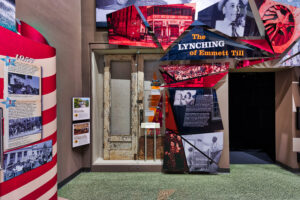
Jackson, Mississippi
MIDWAY, GEORGIA
Dorchester Academy and Museum – Martin Luther King Jr. Suite
Custodians of Dorchester Academy and Museum in Midway, Georgia, have worked to preserve the Martin Luther King Jr. Suite just as it was when the civil rights icon stayed there. The bed and furnishings are largely the same, and a vintage Bible is opened to Judges 5, the chapter King was said to have been reading there.
Established in 1868, Dorchester Academy was one of the earliest private schools to educate free Black students. Though it closed in 1940, the academy remained an integral and frequent meeting point for influential members of the U.S. civil rights movement, which included King, Ralph Abernathy and other leaders of the Southern Christian Leadership Conference. Plans for the March on Birmingham were made here, and King was said to have worked on his “I Have a Dream” speech during one stay.
A museum that opened in the dormitory in 2021 highlights the work of notable men and women of the civil rights movement that visited Dorchester Academy. Along with King and Abernathy, these include Septima Clark, Fannie Lou Hamer and Dorothy Cotton.
While the building is undergoing renovations and is only open to groups by appointment, the “spirit of the school lives on through the Dorchester Improvement Association, whose mission is to inform and enlighten the public about the educational, social, cultural and religious heritage of Dorchester Academy,” said Cayla Shoup of Explore Georgia. It is an important site that documents important activists and their mission for equality.
LIBERTYCOUNTY.ORG/DORCHESTER-ACADEMY

FARMVILLE, VIRGINIA
Robert Russa Moton Museum – Class Composite Photo
Billing itself as the birthplace of America’s student-led civil rights revolution, the Robert Russa Moton Museum in Farmville, Virginia, honors the activism of a group of local students that, in 1951, went on strike to protest poor learning conditions at the all-Black school housed there and to call for an end to school segregation.
“During the walkout, 16-year-old Barbara Rose Johns led 150 of her classmates out on strike,” said Cameron Patterson, the Moton Museum’s executive director. “That was four years prior to the Montgomery Bus Boycott. It’s prior to the student sit-in movement that would amplify in the 1960s. It’s prior to the Selma to Montgomery March. And so I think that date really works to solidify Moton in some ways as the birthplace, certainly, of the student-led civil rights movement and, in a lot of ways, the birthplace of the modern civil rights movement in America. I don’t think you can talk about the modern civil rights movement in this country without talking about what happened here in Farmville.”
The walkout led to the local school district’s participation in Brown v. Board of Education and a contentious fight against segregation among white citizens that ultimately led area public schools to close entirely.
“The length of time that schools remained closed here was longer than anywhere else in the U.S.,” said Patterson. “When people visit here, it’s an eye-opener to see the lengths to which the commonwealth pushed back against Brown v. Board during that period of massive resistance.”
For five years, from 1959 through 1964, Prince Edward County, Virginia, skirted the Supreme Court’s desegregation order by simply refusing to operate public schools. As a result, an entire cohort of students suffered from lack of access to education. Students from families unable to afford private schools were forced to seek schooling from churches or other volunteer groups that set up makeshift tutoring centers.
A class photo composite of the students from the graduating class of 1951 is stored at the museum. Occasionally, it’s taken out for groups or for when alumni from that period stop by for a visit.
“When you see the faces of the students that were impacted by the school closings, it’s very powerful,” Patterson said. Ultimately, their efforts were rewarded, and many who opposed them were taught a lesson themselves.
MOTONMUSEUM.ORG
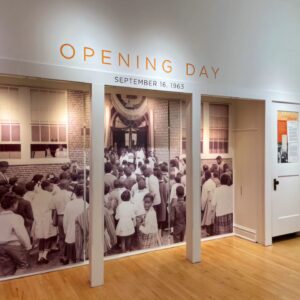
LOUISVILLE, KENTUCKY
Muhammad Ali Center – Red Schwinn Bike
It was a stolen bike — specifically, a red Schwinn bike — that led a young Muhammad Ali, then known as Cassius Clay, to learn how to box.
When a 12-year-old Ali complained to a local Louisville police officer about the theft, he vowed to “whup the thief.” Sgt. Joe Martin, the officer, wanting to teach the young boy how to safely fight before he sought retaliation, offered to train Ali in his downtown boxing gym. The pair trained together for six years, and the rest is history.
An exact match for Ali’s bike is on display at the Muhammad Ali Center in Louisville, Kentucky, where the museum asks visitors to ponder the power of the “Red Bike Moment,” a phrase they’ve copyrighted to describe those precipitous moments in life when a single choice can change everything.
“There are moments that can give us ownership of our future,” said Jeanie Kahnke, the Ali Center’s senior director of public relations and external affairs. “Muhammad showed up and learned to box. If he hadn’t shown up for that transformational moment, his future may have turned out very differently.”
Multiple floors of exhibits celebrate the Louisville athlete’s six core principles: confidence, conviction, dedication, giving, respect and spirituality.
“Visitors can learn about civil rights — in addition to boxing — through his story,” said Kahnke. “In the cafe setting at the entrance of the Conviction Pavilion, they can experience what Muhammad did when he came back from the 1960 Olympics as a gold medalist but could not even be served in a restaurant in his own hometown.”
On the museum’s fourth floor, visitors can record video stories of their own Red Bike Moments — and listen to those of others — in the “Generation Ali Story Booth” exhibit.
ALICENTER.ORG

To discover more about this travel guide, visit https://grouptravelleader.com/civilrights/




